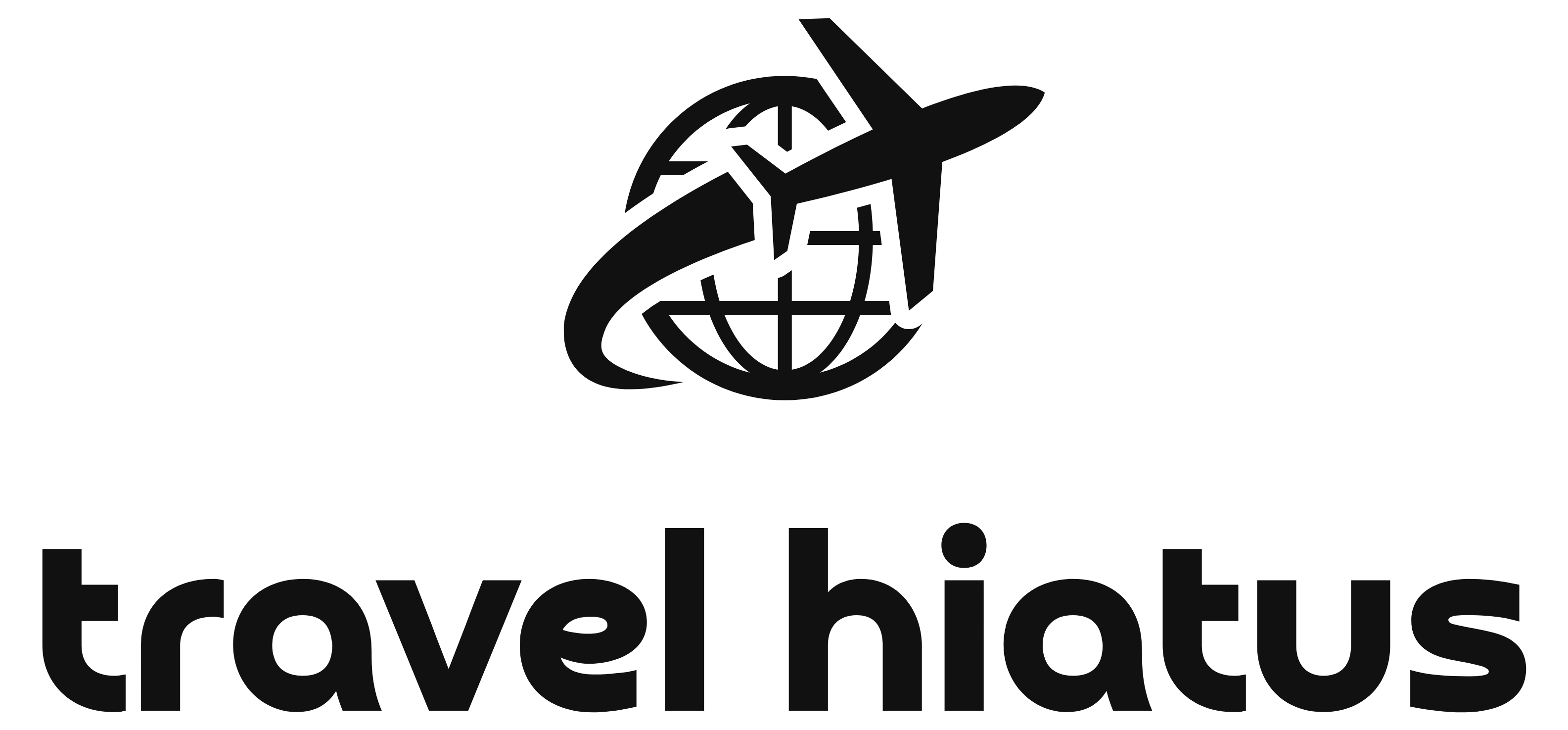Vietnam Trip Costs Guide: From Budget to Luxury
Vietnam is one of Southeast Asia’s most wallet-friendly destinations, but that doesn’t mean your trip will be cheap by default.
Like most places, how much you spend depends entirely on how you choose to travel, and Vietnam trip costs can vary more than you might expect.
One day you might be sipping 75-cent iced coffee on a sidewalk in Hanoi, and the next you’re booking a private overnight cruise through Ha Long Bay with a rooftop pool and five-course meals.
Over the years, I’ve gotten familiar with Vietnam’s travel costs across the board, from budget stays and casual street eats to boutique hotels, guided tours, and luxury experiences.
I’ve also splurged here and there on things that were well worth it, like a private cooking class in Hoi An or a luxury resort stay on Phu Quoc.
Here’s what I’ve learned: Vietnam can be incredibly affordable, or comfortably luxurious, depending on your style. And either way, it’s excellent value across the board.
Whether you’re planning a shoestring adventure through rice terraces and motorbike rides. Ora laid-back vacation through cities and beaches, or a higher-end trip with fine dining and private guides.
This Vietnam trip costs guide breaks down exactly what to expect from accommodations, food, transport, activities, and more. All prices are mentioned in US dollar currency.
How Much Does a Trip to Vietnam Cost Per Day?
| Category | Budget Traveler | Mid-Range | Luxury |
| Hotel | $15 – $40 | $40 – $80 | $100 – $250+ |
| Food & Drink | $4 – $12 | $12 – $25 | $30 – $100+ |
| Transportation | $2 – $8 | $8 – $20 | $25 – $60+ |
| Activities | $3 – $10 | $10 – $30 | $50 – $100 |
| Daily Total | $24 – $70 | $60 – $120 | $150 – $400+ |
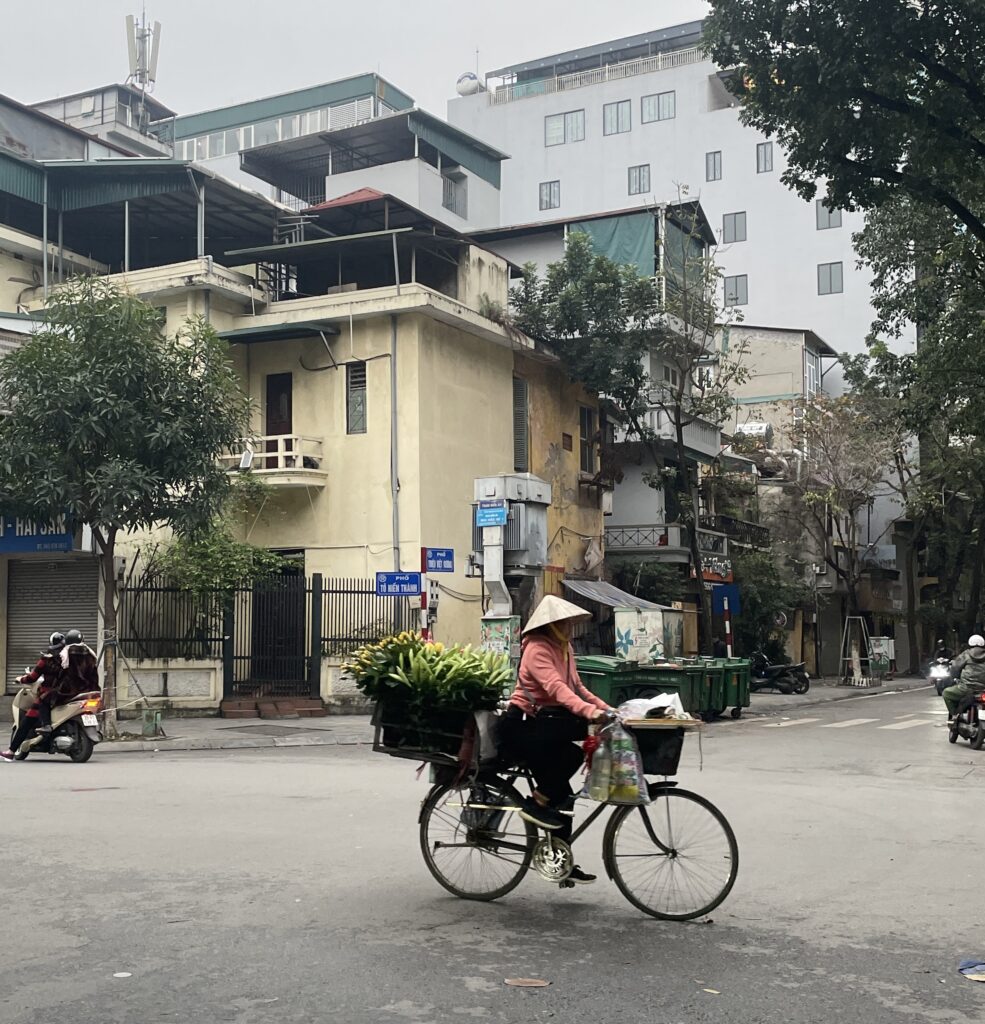
Accommodation Costs in Vietnam
From budget-friendly guesthouses and backpacker hostels to stylish mid-range hotels and luxurious beachfront resorts, Vietnam’s accommodation options suit every type of traveler.
Where you stay and how much you spend depends a lot on your travel style, comfort preferences, and the cities or regions you’re visiting.
Budget travelers can expect to pay around $10 to $25 USD per night for hostels, guesthouses, or basic homestays, especially in backpacker-friendly hubs like Hanoi’s Old Quarter or Ho Chi Minh City’s District 1. These options are often simple but clean, safe, and sociable.
Mid-range hotels in Vietnam typically cost between $30 to $70 USD per night. These properties usually offer air conditioning, private bathrooms, good locations, and sometimes extras like breakfast, pools, or rooftop bars. You’ll find great value in cities like Da Nang and Hoi An.
Luxury travelers have plenty to choose from as well. Upscale boutique hotels in Hanoi, heritage properties in Hoi An, or international resorts in Da Nang and Phu Quoc can range from $100 to $300+ USD per night. These often include spa services, ocean views, private pools, and attentive service.
Location also affects price. Accommodation in central Hanoi, Ho Chi Minh City, or on the beachfront in Da Nang or Phu Quoc will cost more than a stay just a few blocks away or in lesser-known towns like Ninh Binh or Quy Nhon.
Whether you’re chasing mountains in Sapa, cafes in Da Lat, or sunshine on Phu Quoc, Vietnam offers accommodation for every budget and travel style.
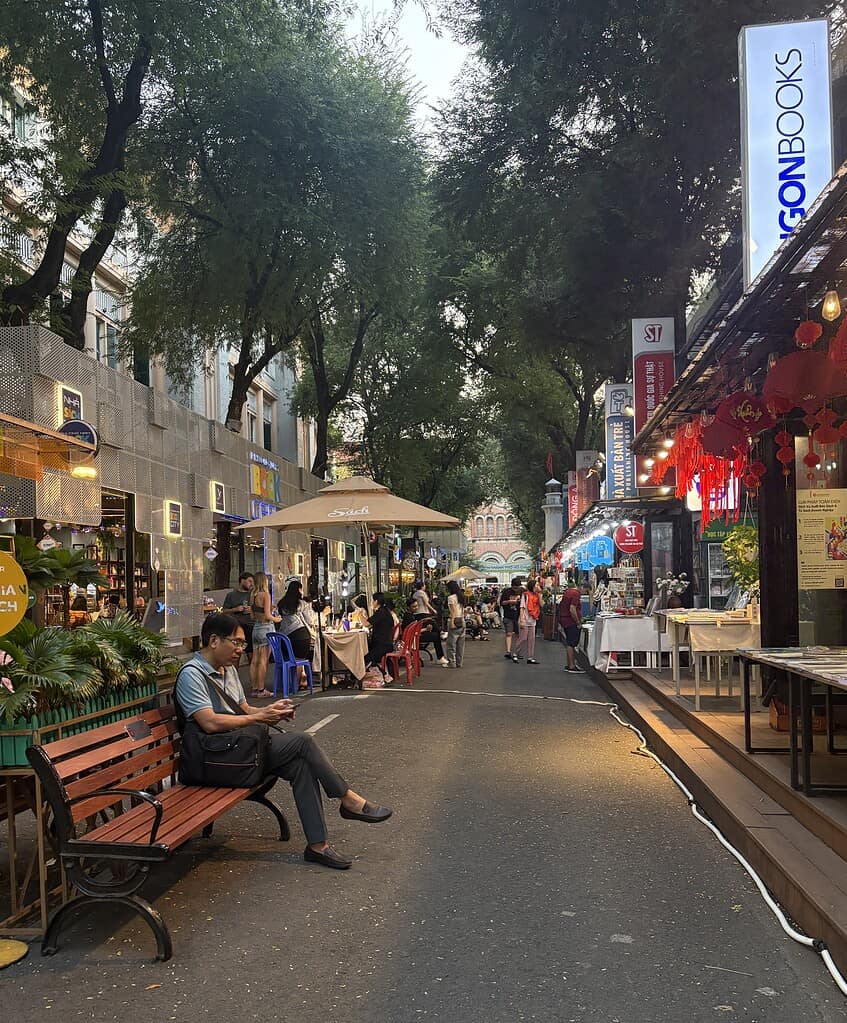
Budget Hostels & Hotels in Vietnam
Traveling on a budget in Vietnam is easy without sacrificing safety, cleanliness, or vibe. Hostels and guesthouses are plentiful, especially in cities with lots of travelers.
Expect clean dorms or simple private rooms, usually with Wi-Fi, free drinking water, and friendly local hosts. Many also offer cheap laundry service, bike rentals, and tours.
- Hanoi: The Old Quarter is packed with affordable hostels and homestays. Popular picks include See You at Lily’s or Nexy Hostel, both centrally located and great for solo travelers.
- Ho Chi Minh City: District 1, especially near Bui Vien Street, is the go-to area for budget travelers. Hostels like The Hideout or Full House Hostel offer solid basics and social spaces.
- Hoi An: Budget options here often include charming family-run guesthouses near the Ancient Town. Check out Tribee Kinh Hostel or Golden Bee Homestay.
- Da Nang: A great stop between Hoi An and Hue, Da Nang has affordable hostels close to My Khe Beach. Kon-Tiki Da Nang or Seahorse Hostel are well-rated among backpackers.

Mid-Range Hotels in Vietnam
Vietnam’s mid-range scene is one of the best values in Southeast Asia. For $40–$70 USD a night, you can get a stylish hotel with modern design, comfy beds, and great locations.
These hotels often include breakfast, strong A/C, fast Wi-Fi, and occasionally pools or spas. Many are family-run or boutique-style with local charm.
- Hanoi: Hanoi La Siesta hotels (there are several) offer exceptional service and beautiful interiors for very reasonable prices. Most are walking distance to Hoan Kiem Lake.
- Ho Chi Minh City: The Hammock Hotel series is fun, quirky, and well located. Other great mid-range picks include Silverland Jolie or Christina’s Saigon.
- Da Nang: Brilliant Hotel Da Nang or Avora Hotel offer rooftop views, walkable locations, and comfortable rooms.
- Hoi An: Stay near the Ancient Town at Little Riverside or Hoi An Central Boutique for charming decor, river views, and easy access to the night market.
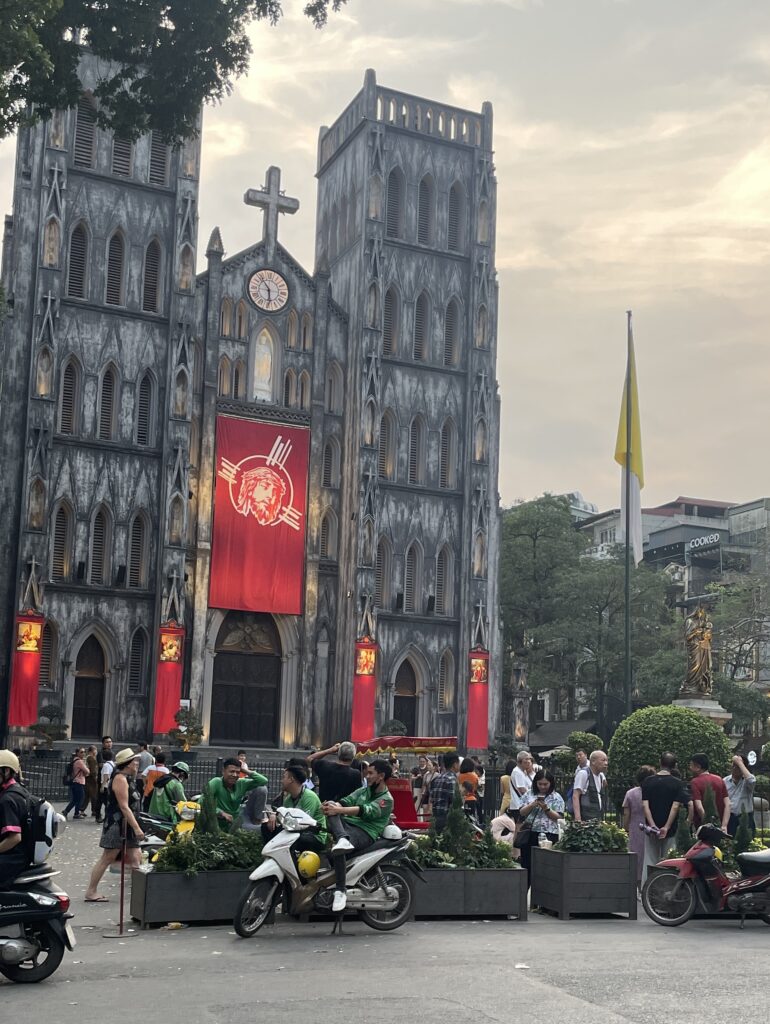
Luxury Hotels in Vietnam
Vietnam’s luxury hotels are where design, location, and service shine. From French colonial villas to sleek beachfront resorts, luxury accommodation here is still more affordable than many Western destinations.
Whether you want to unwind in a spa on Phu Quoc, stay in a five-star tower in Saigon, or relax in a riverside villa in Hoi An, you’re spoiled for choice.
- Hoi An: The Four Seasons Nam Hai is legendary, with beachfront villas, private pools, and outstanding service. It’s ideal for honeymoons or high-end relaxation.
- Ho Chi Minh City: Hotel des Arts Saigon blends Indochine glamor with modern flair. It’s in a prime location and has one of the best rooftop pools in the city.
- Hanoi: Sofitel Legend Metropole is a classic, combining colonial elegance with five-star amenities. A destination in itself.
- Da Nang: InterContinental Sun Peninsula Resort is perched on a private bay and is regularly named one of Asia’s best resorts. Perfect for luxury travelers.
- Phu Quoc: Ocean Bay Resort & Spa Phu Quoc offers all-inclusive spa treatments and villas with private pools. A tropical dream escape.
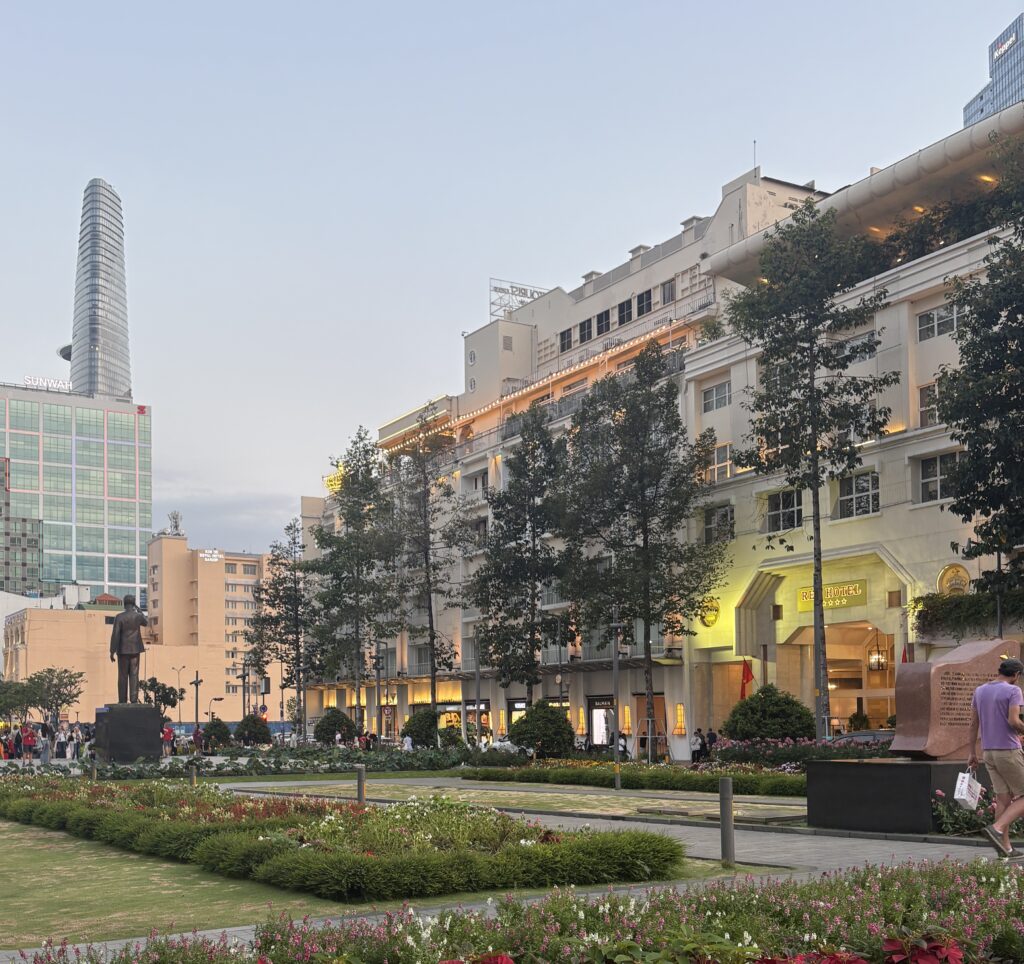
Food & Drink Costs in Vietnam
Vietnam is one of the most affordable food destinations in the world, not only is it affordable but Vietnamese food is delicious.
From morning noodle soups to evening grilled meats, the local cuisine is available on every street and in every city, and it’s consistently fresh, flavorful, and budget-friendly.
What sets Vietnam apart is how easy it is to eat well without spending much. Whether you’re grabbing a quick bite from a sidewalk vendor like a banh mi sandwich or sitting down at a casual restaurant, you’ll find meals that are both satisfying and inexpensive.
I mean there’s a reason why American fast food giants have had a hard time expanding in Vietnam, the food is fresh, delicious, fast and healthy, how can you beat that?
Coffee lovers will also appreciate the daily ritual of strong, rich Vietnamese coffee, widely available, very affordable, and often a highlight of the day.
From Hanoi to Ho Chi Minh City, Vietnam offers a food scene that delivers quality, variety, and value at every turn.
Budget Meals in Vietnam
Vietnam is one of the best countries in the world for eating well on a tight budget.
From breakfast soups to grilled meats and sandwiches, affordable and satisfying meals are available on nearly every street.
You can get a full meal for $1 to $3 USD at small local eateries or sidewalk stalls. These spots are everywhere, plastic stools, fast service, and incredibly flavorful food.
Common dishes include pho noodle soups, grilled pork with rice, fried spring rolls, and simple stir-fries.
One of the most popular cheap eats is the banh mi, typically made with a crispy baguette, fresh vegetables, herbs, and a choice of meats or eggs. They’re filling, delicious, and usually under $1.50 USD.
Another daily staple? The coffee. Whether you like it iced or hot, sweet or black, it’s strong, delicious, and rarely costs more than $1 USD.
Even if you eat out three times a day, it’s easy to keep your food costs under $8 USD per day without sacrificing quality.
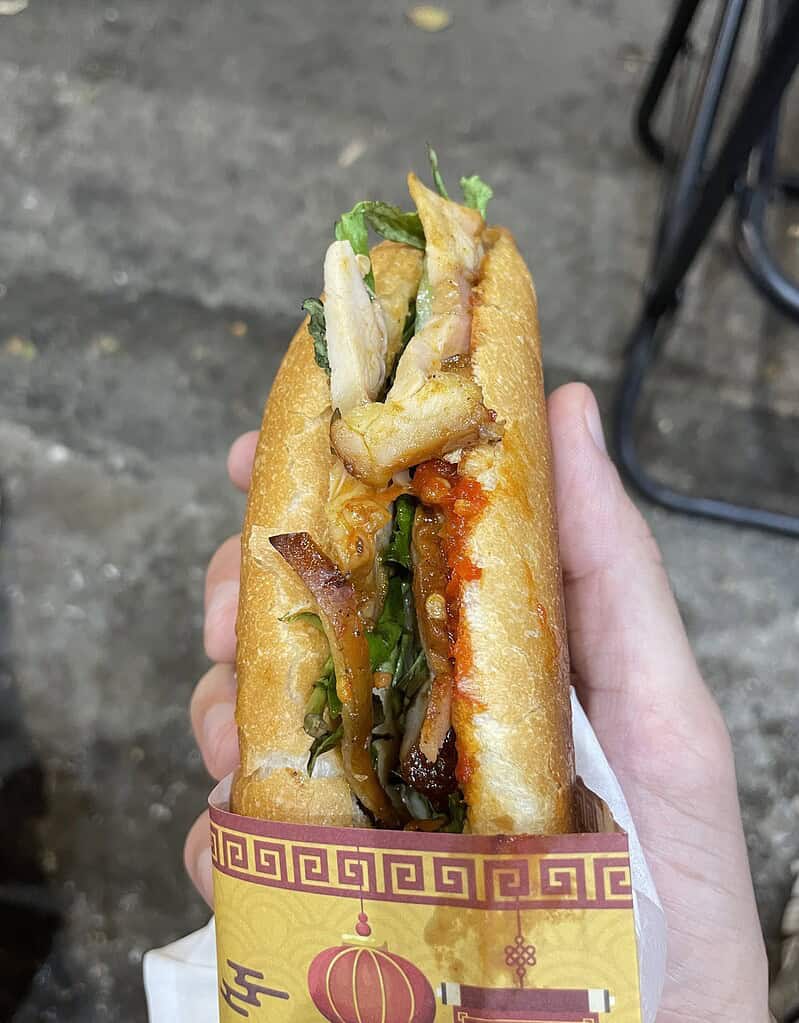
Mid-Range Restaurants in Vietnam
If you’re after a little more atmosphere, comfort, and variety, Vietnam’s mid-range dining scene offers amazing value, especially compared to Western countries.
Meals in this range typically cost $5 to $15 USD per person and cover everything from stylish bistros and rooftop restaurants to casual spots with a polished vibe and great service.
This is where you’ll find dishes like grilled lemongrass pork with broken rice, sizzling caramelized claypot fish, turmeric grilled chicken with fresh herbs, or crispy pancakes filled with pork and bean sprouts.
You might also try stir-fried morning glory with garlic, or a bowl of rich crab noodle soup.
Many restaurants in this tier offer menus that blend local flavors with modern plating, think crispy duck with chili glaze, seafood hot pots, or coconut-based curries with rice.
Cities like Da Nang, Hanoi, and Ho Chi Minh City have fantastic mid-range spots, including rooftop restaurants with skyline views, or garden courtyard dining rooms with chilled cocktails and fusion menus.
If you’re traveling with a moderate budget and want great food without diving into fine dining, this is your sweet spot, quality ingredients, a relaxing setting, and enough variety to keep every meal exciting.

Luxury and Fine Dining in Vietnam
Vietnam’s fine dining scene blends tradition with innovation, offering high-end meals that rival top restaurants around the world, and at far better prices.
Whether you’re dining on a rooftop in Ho Chi Minh City with skyline views or inside a restored French villa in Hanoi, the settings are as memorable as the food.
Many luxury restaurants take familiar Vietnamese dishes and elevate them with premium ingredients and modern presentation.
Expect things like seared duck breast with lemongrass glaze, five-course tasting menus with fresh seafood and local herbs, or a delicate take on beef noodle soup served as a consommé.
Prices for luxury meals usually start around $60–$100 USD per person, with the most exclusive experiences (often including wine pairings) going up to $200 USD or more.
Top fine dining restaurants in Vietnam include those offering modern Vietnamese tasting menus in Hanoi, creative rooftop kitchens in Ho Chi Minh City, and elegant countryside venues in Hoi An.
You’ll also find excellent upscale French, Italian, and Japanese restaurants in most major cities, often with award-winning chefs and top-tier service.
Luxury dining in Vietnam isn’t just about a fancy plate, it’s about atmosphere, hospitality, and exploring the country’s cuisine in a whole new way.
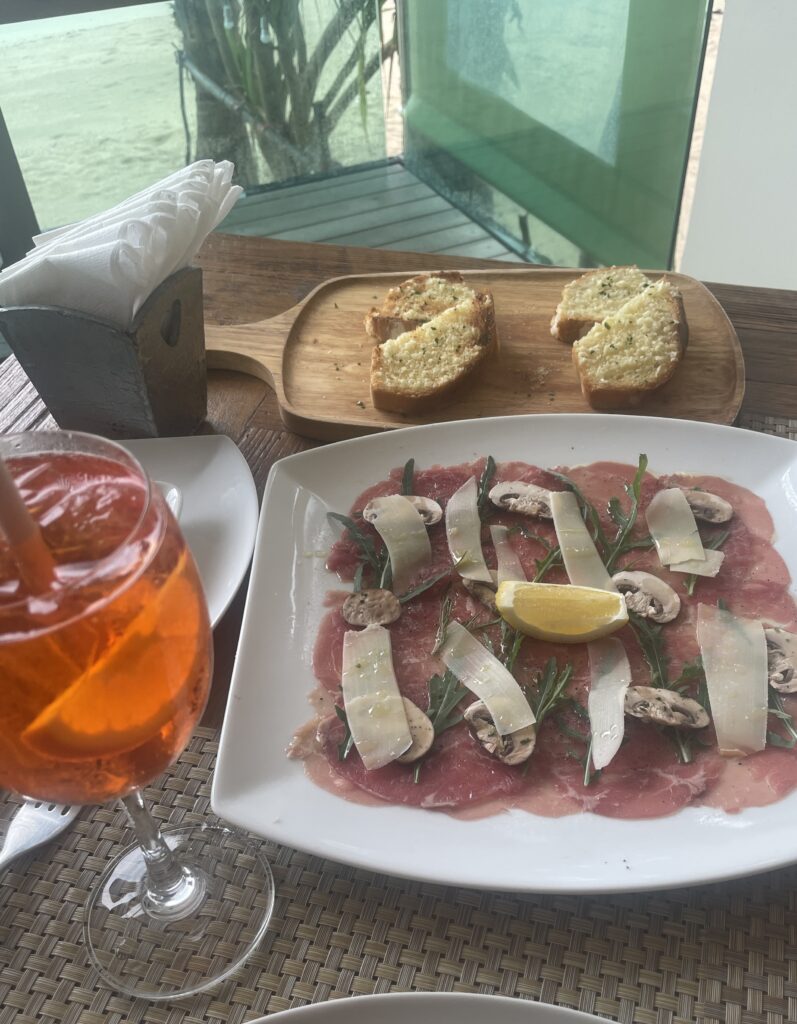
Transportation Costs in Vietnam
Getting around Vietnam is relatively affordable and surprisingly convenient, especially in major cities like Hanoi, Da Nang, and Ho Chi Minh City.
Let’s start with airport transfers. No matter where you land, getting from the airport to the city center is easy and won’t break the bank:
- Hanoi (Noi Bai Airport) to the Old Quarter: $10–$15 USD via taxi or Grab; $1.50 USD via shuttle bus (Bus 86).
- Ho Chi Minh City (Tan Son Nhat Airport) to District 1: $6–$10 USD via Grab; public buses under $1 USD.
- Da Nang Airport to city center: $3–$7 USD by taxi. If you’re heading straight to Hoi An, expect $15–$20 USD for a private car, or $6–$10 USD for a shared shuttle.
Domestic flights are the fastest and most efficient way to cover longer distances, especially routes like Hanoi to HCMC or Da Nang to Phu Quoc.
Budget airlines like VietJet Air and Bamboo Airways, offer frequent one-way tickets between $25–$60 USD when booked in advance. Vietnam Airlines usually costs slightly more, but trust me it’s worth the upgrade.
Trains are slower but offer scenic views and a more relaxed pace. The Reunification Express runs the full length of the country, and soft sleeper cabins are fairly comfortable for overnight travel. Expect to pay around $30–$80 USD, depending on your route and seat type.
Within cities, Grab (Vietnam’s Uber equivalent) is the easiest and most reliable option, for both cars and motorbike taxis. Short trips typically cost $1–$3 USD, and you can pay in cash or by card.
Public buses exist in all major cities, but unless you’re confident with local navigation, they can be tricky. Fares are super cheap (usually under $0.50 USD), but signage is often in Vietnamese and routes aren’t always straightforward for tourists.
And finally, motorbike rentals are a fun, flexible way to explore, especially in laid-back places like Hoi An, the Ha Giang Loop, or the Phong Nha countryside. Expect daily rentals around $5–$10 USD, but make sure you’re licensed and insured.
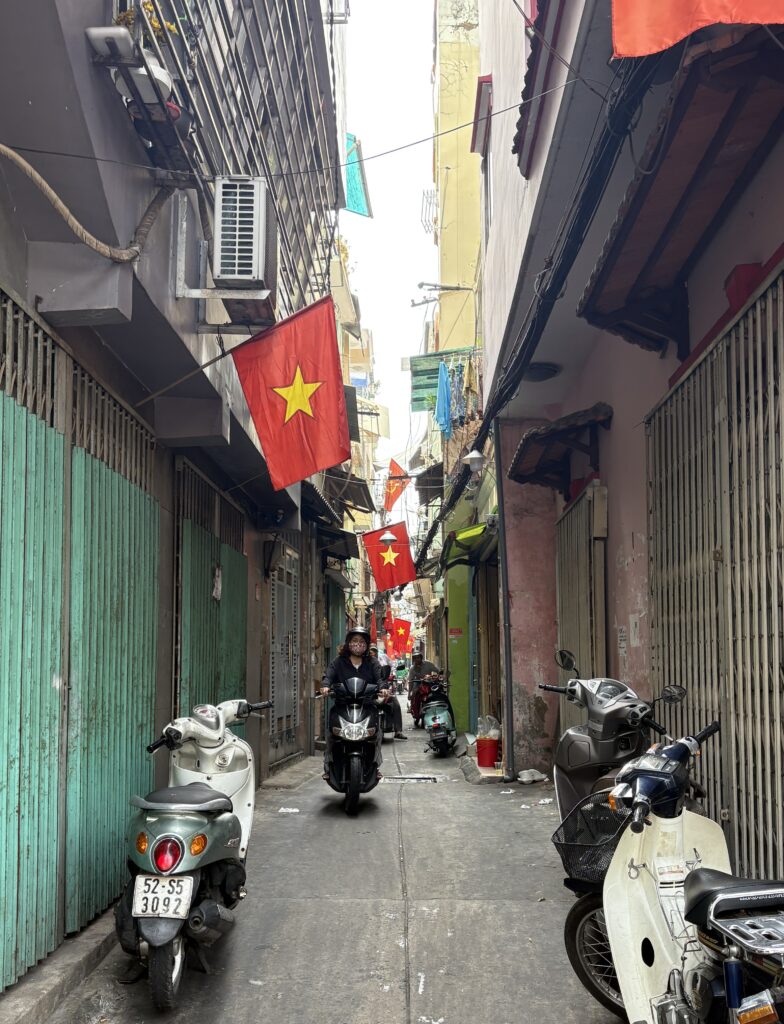
Activity & Attraction Costs
Vietnam offers a wide mix of experiences, from cultural landmarks and natural wonders to immersive tours and local workshops, and most of them are refreshingly affordable.
From wandering the lantern-lit streets of Hoi An to hiking through the misty mountains of Sapa, many of Vietnam’s best experiences are surprisingly affordable, and some of the most memorable ones don’t cost a thing.
Exploring ancient temples, walking tours through Old Quarters, local markets, war memorials, waterfalls, and even entire UNESCO-listed towns can often be done on a tight budget, or completely free if you go self-guided.
Of course, there are also standout activities worth setting some money aside for: things like guided food tours, cooking classes, boat rides in Ninh Binh, or a private overnight cruise through Ha Long Bay. These kinds of experiences are where spending a bit more really pays off.
If you’re like me and love a mix of authentic local discovery, cultural deep dives, and the occasional splurge, like a private sunrise tour in My Son Sanctuary or a photography walk in Hanoi, Vietnam delivers at every level, without ever feeling overpriced.

Budget-Friendly Activities in Vietnam
You don’t need to spend much to enjoy some of the most memorable parts of Vietnam, many top experiences are either free or incredibly cheap.
Walking through the Old Quarter in Hanoi or along the riverside in Hoi An costs nothing, and you’ll be surrounded by history, architecture, and street life at its most vibrant.
Entrance to temples and pagodas, like the Tran Quoc Pagoda in Hanoi or the Jade Emperor Pagoda in Ho Chi Minh City, is often free or under $1 USD.
Many of Vietnam’s museums and cultural sites, such as the War Remnants Museum in HCMC or the Imperial Citadel in Hue, charge just a few dollars for entry, usually around $1–$3 USD.
Street food tours are easy to do on your own if you’re willing to explore and sample dishes like banh mi, fresh spring rolls, and sugarcane juice from stalls and markets, all for under $5 USD total.
If you’re in a beach town like Da Nang or Nha Trang, a relaxing day on the sand is free, and motorbike rides through the countryside or mountain passes like Hai Van are low-cost and full of scenic stops.
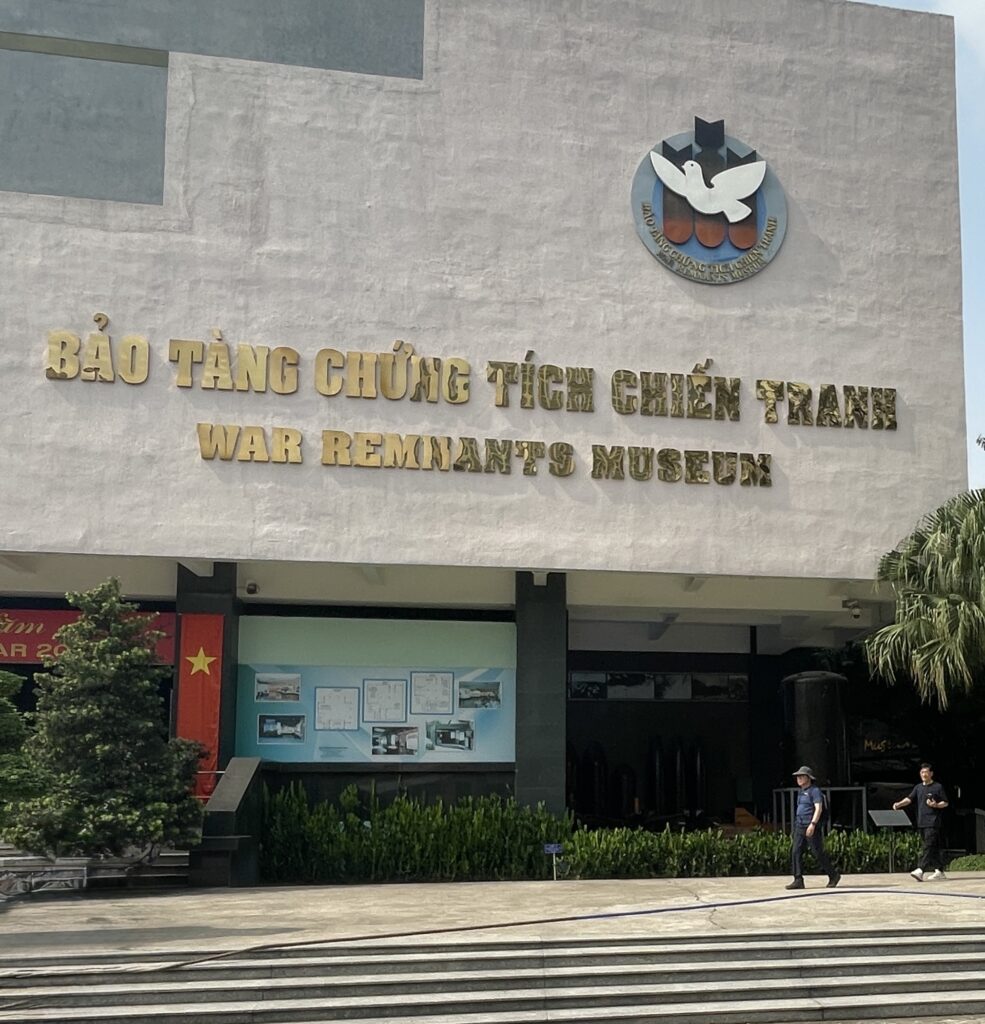
Popular Tours & Attractions in Vietnam
With a mid-range budget, Vietnam offers a wide array of guided experiences, cultural activities, and day trips that add depth and convenience to your travels, all while staying very affordable.
You can join a cooking class in Hoi An or Hanoi, complete with a market visit and hands-on prep, for around $25–$45 USD. Many of these end with a full meal and recipes to take home.
Street food tours, especially in Ho Chi Minh City or Hue, are another great value, often priced between $20–$40 USD for a few hours of tastings and local insight.
Day trips from major cities are also excellent value. A guided cruise through Ha Long Bay, including hotel pickup, lunch, and kayaking, can range from $45–$90 USD.
Exploring the Mekong Delta with a local guide typically costs between $30–$70 USD, depending on the group size and inclusions.
In Central Vietnam, you’ll find guided tours to the Marble Mountains, My Son Sanctuary, or even the Hai Van Pass via motorbike or private car. Prices range from $35–$75 USD for a full day, often with entrance fees and meals included.
There are also unique regional experiences, like visiting floating markets in Can Tho, taking a lantern-making workshop in Hoi An, or exploring the Cu Chi Tunnels just outside of Saigon, all widely available at reasonable mid-range prices.
Whether you’re after history, food, or scenery, Vietnam’s tours deliver rich experiences without the high price tag.
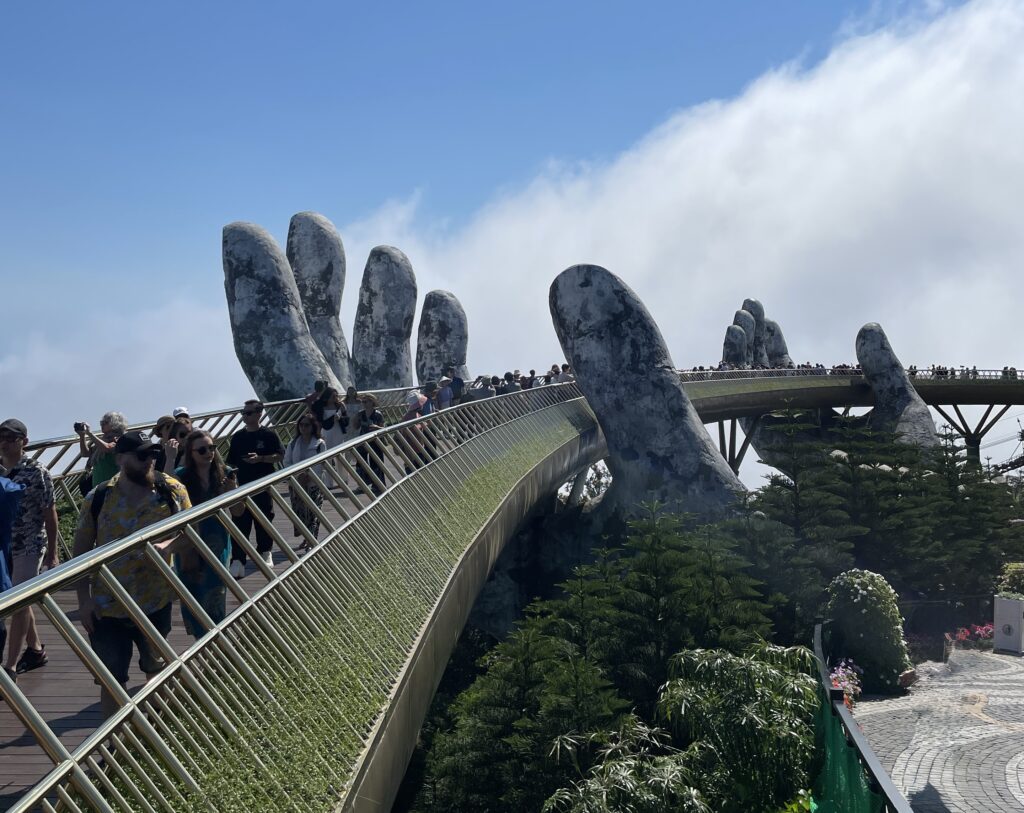
Hidden & Extra Costs Most Travellers Forget
Vietnam is incredibly affordable, but like anywhere, small extras and overlooked charges can quietly add up, especially on longer trips or multi-city itineraries.
Here are a few common ones that you should keep in mind during your visit.
- Hotel taxes and service charges: While many accommodations include taxes, some hotel often add a 5–10% service fee and a 10% government VAT at checkout. Always check whether your booking is listed as “net” (final price) or “plus taxes.”
- ATM withdrawal fees: Most Vietnamese ATMs charge 20,000–50,000 VND ($0.80–$2 USD) per foreign card withdrawal. To save on fees, try to withdraw larger amounts less often. VP Bank is a rare exception, it allows fee-free withdrawals.
- Currency conversion traps: Some ATMs or credit card terminals will offer to charge you in your home currency. Always decline this option and choose to pay in VND to avoid inflated exchange rates and hidden conversion fees.
- Toll roads & transfer fees: If you’re booking a private airport transfer or hiring a driver for the day, make sure the quote includes tolls and fuel surcharges.
- VAT varies by where you eat: Upscale restaurants and international chains may add a 10% VAT and a 5% service charge, which isn’t always listed on the menu.
- Luggage fees on domestic flights: Low-cost carriers like VietJet or Bamboo Airways keep ticket prices low by charging separately for checked baggage. If you plan to fly domestically, pre-book your luggage to avoid inflated last-minute charges at the airport.
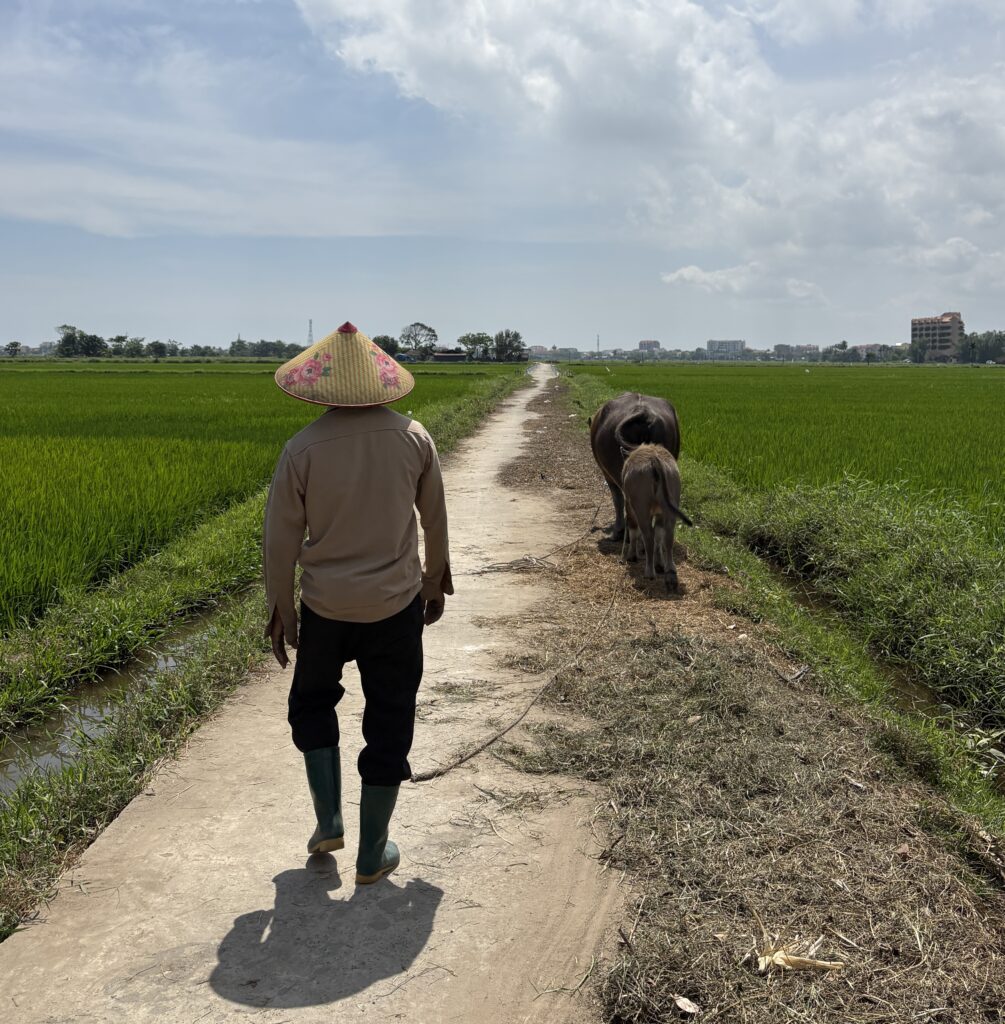
What Impacts the Cost of a Trip to Vietnam?
Vietnam is widely considered one of Southeast Asia’s most affordable destinations, but your trip cost can vary quite a bit depending on when you visit, where you go, and how you like to travel.
From budget-friendly street food and guesthouses to luxury beach resorts and private tours, here’s what influences your daily expenses most.
Travel Season: Vietnam doesn’t have a single peak season nationwide, weather varies from north to south, but prices do rise during Tet (Lunar New Year), which typically falls between late January and February.
December to March is also high season in the south, especially in places like Phu Quoc and Ho Chi Minh City.
Destination & Region: Big cities like Hanoi and Ho Chi Minh City have a wide range of pricing, but tourist-heavy destinations like Ha Long Bay, Da Nang, or Phu Quoc tend to have higher hotel and tour costs, especially if you’re booking beachfront properties or private cruises.
Meanwhile, areas like Ninh Binh or Hue offer amazing experiences at a lower overall cost.
Spending Style: You could easily spend under $25 USD/day eating street food and staying in local guesthouses, or spend $150+ USD/day on boutique hotels, private guides, and upscale restaurants.
It all depends on your comfort level and travel preferences, Vietnam caters to backpackers and luxury travellers alike.
Advance Booking: While many things in Vietnam can be booked last minute, flights, train tickets, and top-rated accommodations often sell out in advance, especially during holidays or high season.
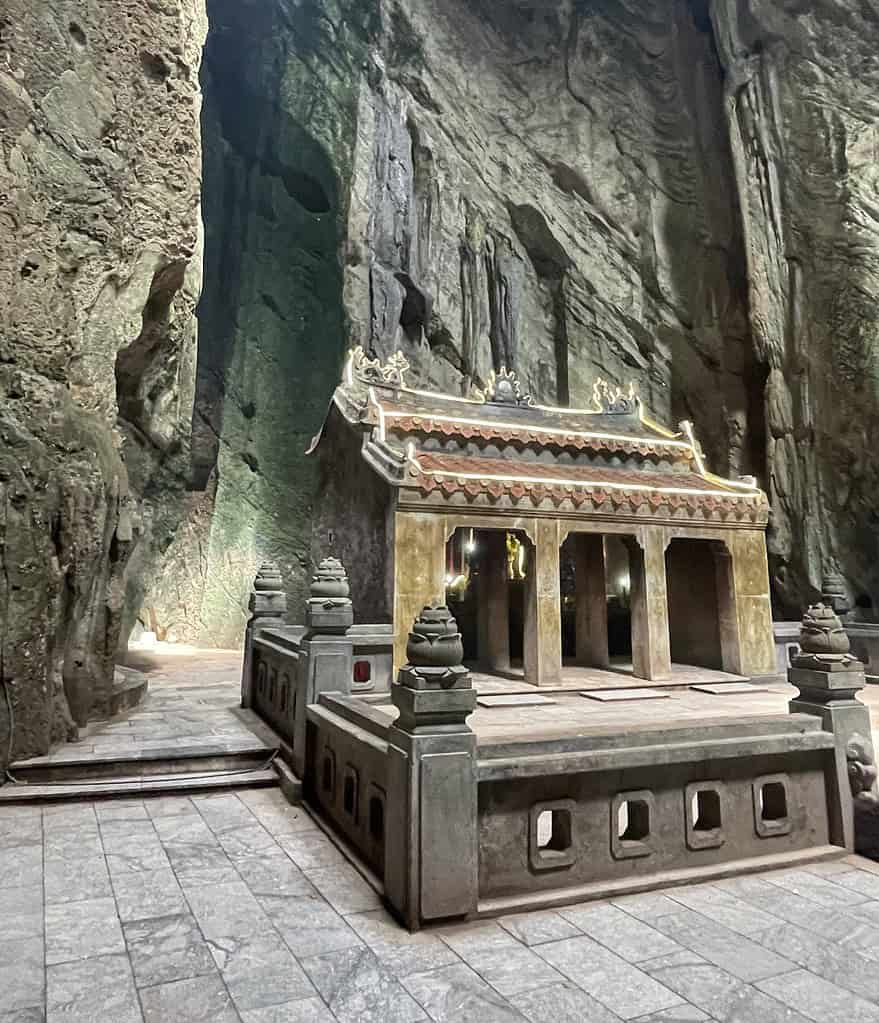
Final Thoughts on Vietnam Trip Costs
Vietnam continues to be one of the best-value destinations in Southeast Asia, offering incredible experiences, rich culture, and amazing food, all at a fraction of what you’d pay in many other parts of the world.
Whether you’re budgeting carefully or mixing in a few splurges, you’ll find that your money stretches far here.
From fresh $1 street food to boutique resorts that cost half of what they would in Europe or North America, Vietnam delivers on both affordability and quality.
Even domestic flights, activities, and transportation remain wallet-friendly, making it easy to explore widely without stressing over every expense.
That said, understanding how to budget is just one part of the equatio, avoiding common tourist mistakes in Vietnam can make just as much of a difference to your overall experience and spending.
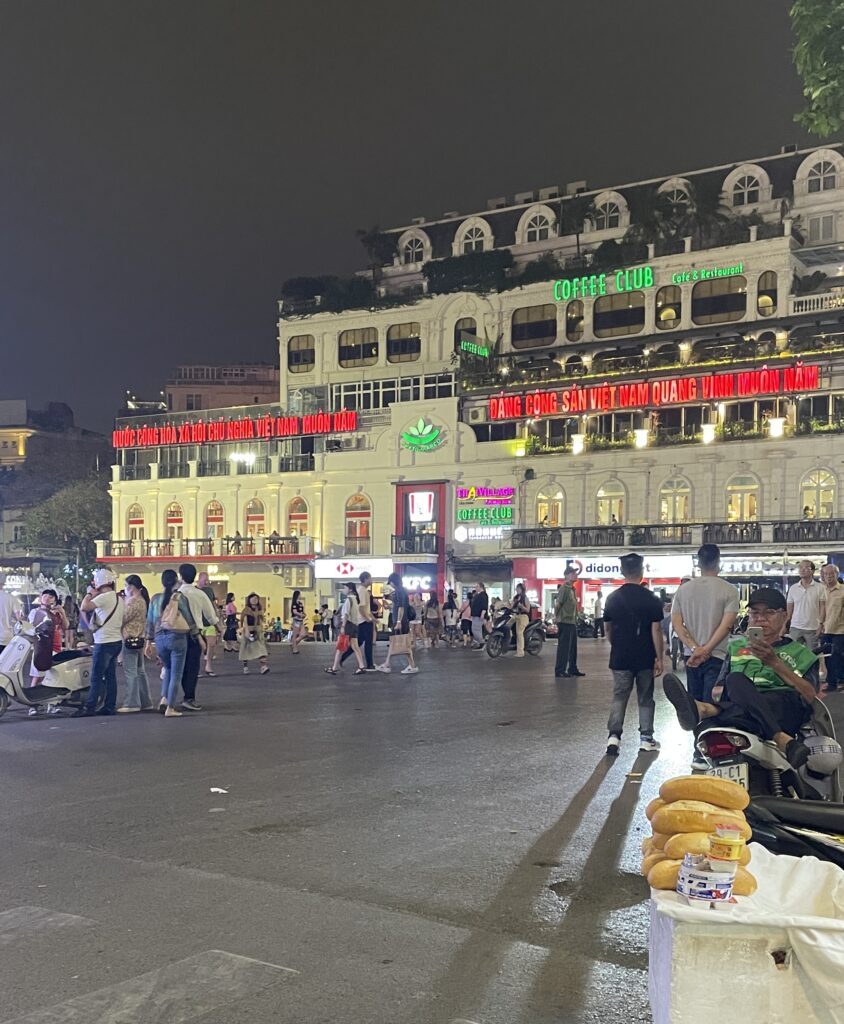
Spend where it matters, like on that Ha Long Bay cruise or a hands-on cooking class, and save where you can, whether that’s with street food lunches or motorbike taxis.
That said, I’ll be honest, I personally think Vietnam’s affordability won’t last forever. Like everywhere else, prices are slowly creeping up, and Vietnam’s growing popularity means it could increase even faster.
A lot of people in the travel industry are already calling it the “new Thailand,” and for good reason.
Thailand has long been the go-to for affordable Southeast Asia trips, but as costs there have risen, many travelers are starting to look next door.
Vietnam offers similar value, incredible food, and stunning landscapes, and it’s no longer under the radar.
So if Vietnam’s on your travel list, know that costs will likely rise in the future, just like they have in neighboring countries. Its popularity is already strong, and only growing, as more travelers recognize the value and variety Vietnam has to offer.
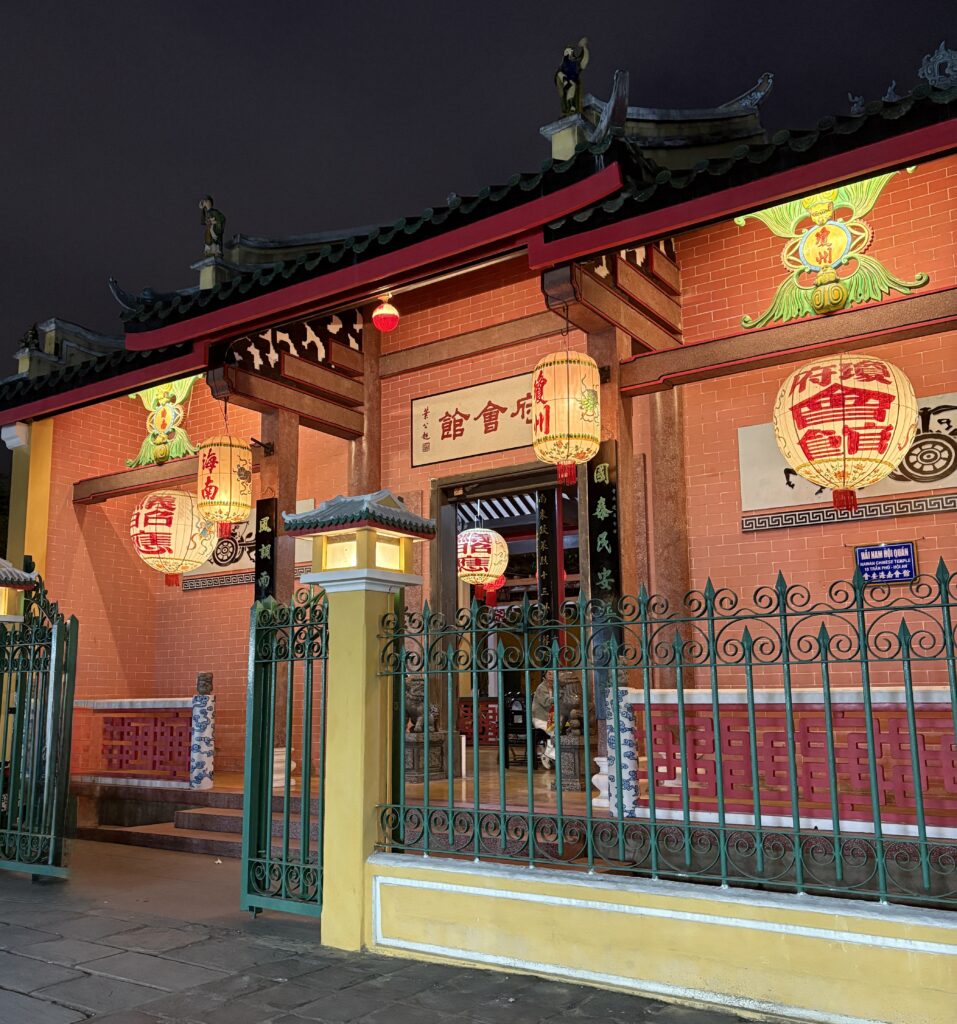
How much does a Vietnam trip cost on average?
A Vietnam trip cost can range anywhere from $25–$50 USD per day for budget travelers, $70–$150 USD per day for mid-range comfort, and $200+ USD for luxury experiences. Costs depend heavily on your travel style, destinations, and activities.
Is Vietnam cheaper than Thailand for tourists?
Yes, in many cases, Vietnam trip costs are slightly lower than Thailand’s, especially when it comes to food, transportation, and local tours. However, both countries offer great value for travelers across all budgets.
How much cash should I bring for a 2-week Vietnam trip?
For a 2-week trip, Vietnam trip costs can total around $500–$1,500 USD, depending on your travel style.
While cards are accepted in many hotels and restaurants, cash is still king at markets, street stalls, and smaller shops, so it’s best to carry at least $20–$50 USD worth of local currency per day.
Is Vietnam expensive for tourists in 2026?
Vietnam trip costs in 2026 remain very affordable compared to many other destinations. While prices have gradually increased due to higher demand, you can still travel comfortably on a budget — especially if you stick to local meals, regional transport, and avoid peak seasons.
